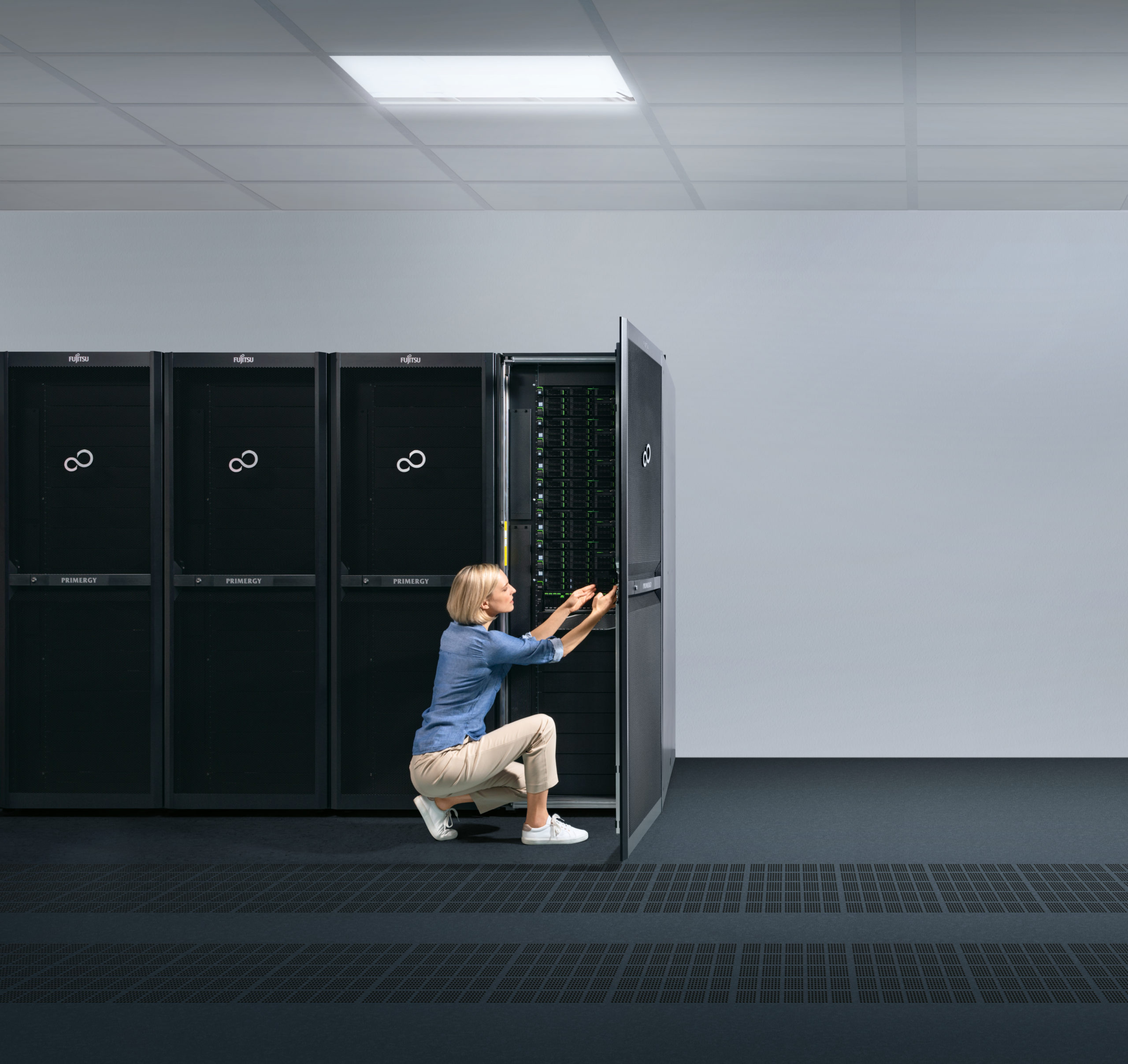
Have you ever spent hours searching for a document that you could have sworn you’d put in a safe place? Perhaps it was your passport, when the clock was ticking, and you were about to start a journey? Or maybe a piece of paper containing some vital information – like the pin of an infrequently used bank account?
Whatever it was, you’ve probably experienced the rising panic of being unable to find a critical item. When you do find it, you may then feel of annoyed that you’d put it in such an odd location in the first place, or forgotten where you put it.
You’ve probably had the same experience when searching through your computer trying to find a vital PDF. When you eventually do find it, you wonder why you put it there, or why you didn’t rename the file to something more obvious.
Now imagine needing to repeat that search across an entire organization’s database with other people copying, moving and amending the document as you’re searching for it. It could be anywhere.
This is the situation facing IT managers trying to establish cohesive data protection for a new breed of widely adopted technology such as hyper-converged infrastructures and HCI. In a handful of years, HCI has accelerated extremely fast from being considered ‘an emerging technology’ to ‘ready from primetime’.
Simply put, HCI combines and virtualizes servers, networking and storage into a single automated management framework. From HCI’s initial role in hosting virtual machines, its application is rapidly expanding to running many business-critical applications. In fact, HCI is fast-becoming a strategic building block for today’s IT service delivery.
However, not all enterprise IT systems have kept pace with this rapid change. For example, some data protection plans fail to reflect recent changes in infrastructure. This is because HCI poses some unique challenges and opportunities for data protection – so let’s take a closer look.
Data protection goalposts are moving
It’s not just infrastructure that’s changing. There’s also the well-documented growth in data volume that businesses must contend with, and the changing demands placed on infrastructure that have implications for its protection. The sheer scale of data stored is challenging. On top of this, data is being copied, edited and modified more often than ever.
Another factor that isn’t obvious, but must be taken into consideration, is how often data is changed when it’s accessed by multiple applications. This has implications for backup schedules. For example, for many data sets, weekly or even daily backups are no longer enough.
Data recovery needs are also evolving. In the past, accidentally deleting a file wasn’t usually a big deal because it could usually be restored from back within a set timeframe – say four or 24 hours. Today, that’s not good enough. A growing number of applications can’t wait that long for data restoration. Additionally, data is more widely distributed than ever before – most businesses now have complex Hybrid IT environments that blend traditional in-house IT with public and private clouds. Even the data stored in-house is distributed between the core and the edge, as well as being held on countless devices.
Can HCI make the cut for data protection?
HCI systems are designed to be self-managing, self-contained boxes. Most solutions include basic functionality such as automated data replication and snapshots. While very useful, these capabilities are rarely up to the task of handling the full range of enterprise data protection needs. For example, replication is a convenient feature, but has its limitations. Corrupted data and accidental deletions are frequently copied which compounds the problem.
Furthermore, keeping a copy on the same device speeds up recovery times but there are instances when having copies on a separate system are required. For example, to counter the ongoing threat of ransomware, it’s essential to have copies of data separated by an airgap to prevent further infection.
Additionally, in the unfortunate event of a data center rack, a device or facility failing, having a separate system for back-ups, located in a different location, is crucial to ensure the safety of your data.
Time to recovery is another key factor – and appropriate service levels for restoration are more crucial than ever today. Consequently, granular backups that allow just the required data to be recovered are needed. This feature can make a huge difference. Consider the time it takes to restore an entire virtual machine when just a few hundred megabytes of crucial data needs recovery.
HCI built-in tools can be extremely useful in saving and recovering local snapshots quickly. But for most workloads, it makes sense to supplement these native capabilities with additional modern data protection, backup, and archive functionality.
So, what should businesses look for in a complementary data protection system?
The system first needs to be flexible. Enterprise data is likely to be widely distributed across a complex Hybrid IT environment, so a data protection system must deliver the appropriate levels of protection for all types of data sets.
You should also look for a system that offers a choice of recovery locations, as you want to be able to easily recover that data to anywhere. Some regulations now require data to be secured for years or even decades, while others like GDPR demand certain data to be deleted at given points in time.
The ability to easily manage these different demands will save a great deal of time and money in the long term. And of course, businesses need a data protection system that can work with tools across all platforms.
Additionally, characteristics such as fast replication and rapid recovery, long and short-term versioning, granular recovery, creation of airgaps and detailed reporting are also important aspects to be considered.
How can businesses meet data protection requirements without adding complexity?
The key reason for the widespread success of HCI systems is their simplicity. The last thing a business wants is to add complexity when establishing data protection capabilities.
An attractive solution, and one that’s supported by many established HCI platform providers, is implementing a dedicated backup appliance. These deliver advanced functionality, including state-of-the-art backup, recovery, and archiving capabilities in addition to powerful management software. The appliance can be delivered as pre-integrated hardware/software platform and often has dedicated installation and operational support services.
Now the significant benefits of HCI are being extended to even mission critical ERP systems, effective data protection is a must. And the backup and recovery times these systems demand absolutely requires a dedicated data protection system. What’s more, the simplicity and ease of management that makes HCI systems so attractive is being extended to data protection devices.
So, if you’re looking for simple, convenient data protection for your HCI and want to keep it up-to-date without needing significant ongoing resources, then a dedicated backup appliance could be the approach for you.
For more information about the benefits of data protection appliances check out the whitepaper from analyst firm Freeform Dynamics on ‘Data Protection and Management in a Box’.
Alternatively, read more about data protection for HCI here.












